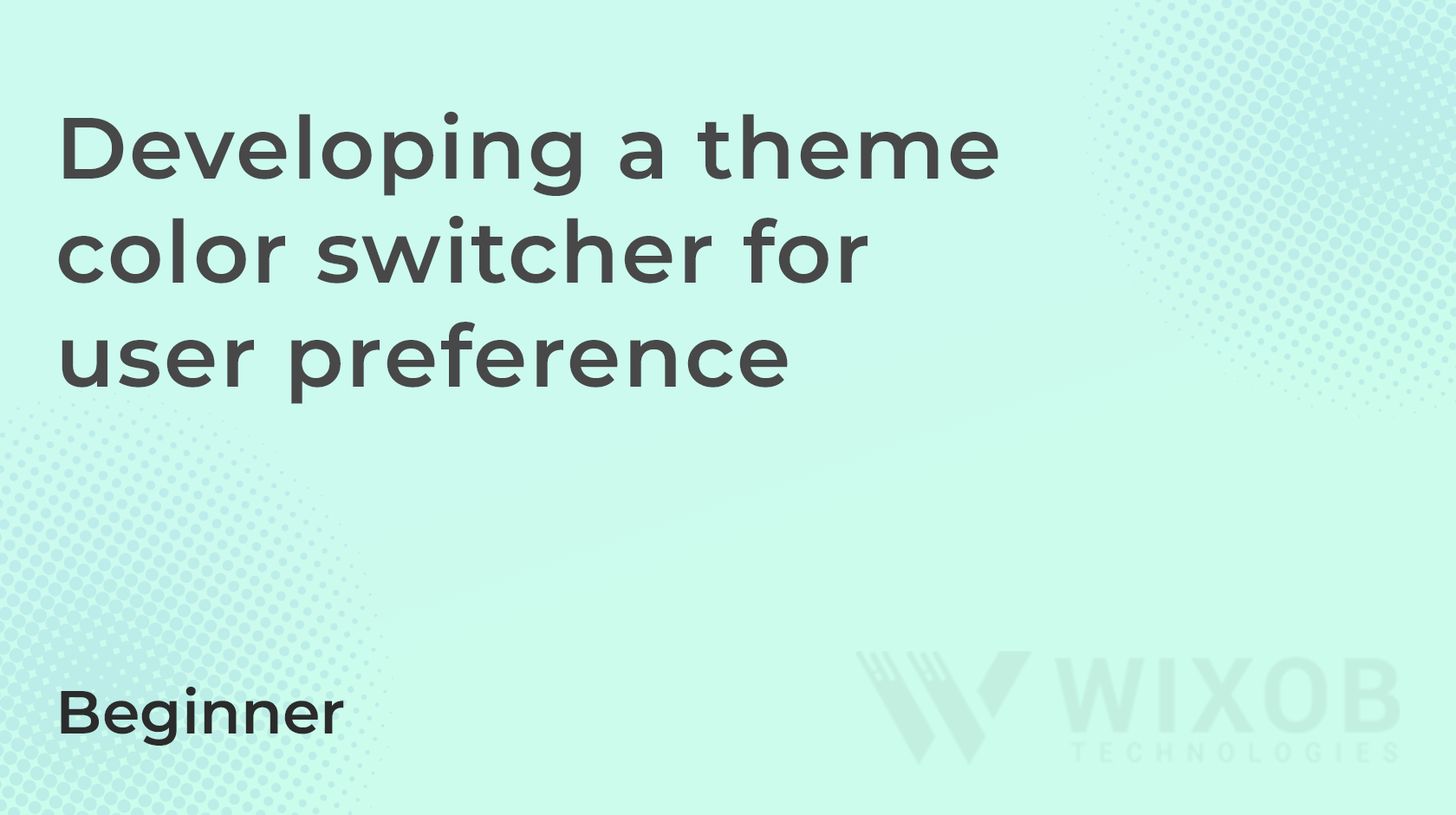In the competitive world of e-commerce, providing a personalized shopping experience is key to engaging customers and driving conversions. Allowing users to customize the appearance of your Shopify store to match their preferences can significantly enhance their browsing experience and foster a stronger connection to your brand. In this comprehensive guide, we’ll explore how to develop a theme color switcher for user preference in your Shopify store using theme code customization techniques. By implementing this feature, you’ll empower users to tailor their shopping experience to reflect their unique style and preferences.
Chapter 1: Understanding the Importance of Personalization
Before diving into the technical details, it’s essential to understand why personalization is crucial for e-commerce success. Personalizing the shopping experience allows you to cater to the individual preferences and tastes of your customers, creating a more engaging and memorable interaction. By implementing a theme color switcher, you can empower users to customize the look and feel of your Shopify store, enhancing their overall satisfaction and loyalty.
Chapter 2: Planning Your Color Palette
The first step in developing a theme color switcher is to plan your color palette. Consider factors such as your brand identity, target audience, and design aesthetics. Choose a set of primary and accent colors that reflect your brand personality and evoke the desired emotions in your customers. Ensure that the selected colors are complementary and accessible to users with different visual preferences and accessibility needs.
Chapter 3: Designing the Color Switcher Interface
With your color palette established, it’s time to design the interface for the color switcher. Sketch out wireframes or mockups illustrating how the color switcher will be presented and organized on your Shopify store. Consider factors such as layout, usability, and visual hierarchy to create an intuitive and visually appealing interface that seamlessly integrates with your store’s design.
<!-- Example HTML for the color switcher interface -->
<div class="color-switcher">
<label for="theme-color">Select a Theme Color:</label>
<select id="theme-color">
<option value="blue">Blue</option>
<option value="green">Green</option>
<option value="red">Red</option>
<!-- Add additional color options here -->
</select>
</div>/* Example CSS for styling the color switcher interface */
.color-switcher {
/* Styles for the color switcher container */
}
.color-switcher label {
/* Styles for the color switcher label */
}
.color-switcher select {
/* Styles for the color switcher dropdown */
}Chapter 4: Implementing Theme Color Customization
Once the color switcher interface is designed, it’s time to implement the theme color customization functionality using theme code customization techniques. Utilize Liquid, JavaScript, and CSS to dynamically update the color scheme of your Shopify store based on the user’s selection. Implement logic to apply the chosen color scheme to various elements of your store, such as buttons, links, backgrounds, and text.
{% comment %}
Example Liquid code for implementing theme color customization in Shopify theme
{% endcomment %}
<style>
:root {
--primary-color: {{ settings.theme_color }};
}
</style>// Example JavaScript code for updating theme colors based on user selection
document.getElementById('theme-color').addEventListener('change', function() {
var selectedColor = this.value;
document.documentElement.style.setProperty('--primary-color', selectedColor);
});Chapter 5: Testing and Optimization
After implementing the theme color switcher, it’s essential to conduct thorough testing to ensure its functionality and usability across different devices and browsers. Test the color switcher with various color options and user scenarios to verify accuracy and responsiveness. Gather feedback from users and analyze usage metrics to identify any issues or areas for improvement. Optimize the color switcher based on testing results and user feedback to create a seamless and enjoyable customization experience for your Shopify store visitors.
Chapter 6: Conclusion
Developing a theme color switcher for user preference in your Shopify store is a powerful way to personalize the shopping experience and create a stronger connection with your customers. By leveraging theme code customization techniques and thoughtful design principles, you can empower users to customize the appearance of your store to match their unique style and preferences. With the guidance provided in this guide, you’ll be well-equipped to implement a theme color switcher that enhances the overall experience for your customers and drives engagement and loyalty to your Shopify store.

Leave a Reply